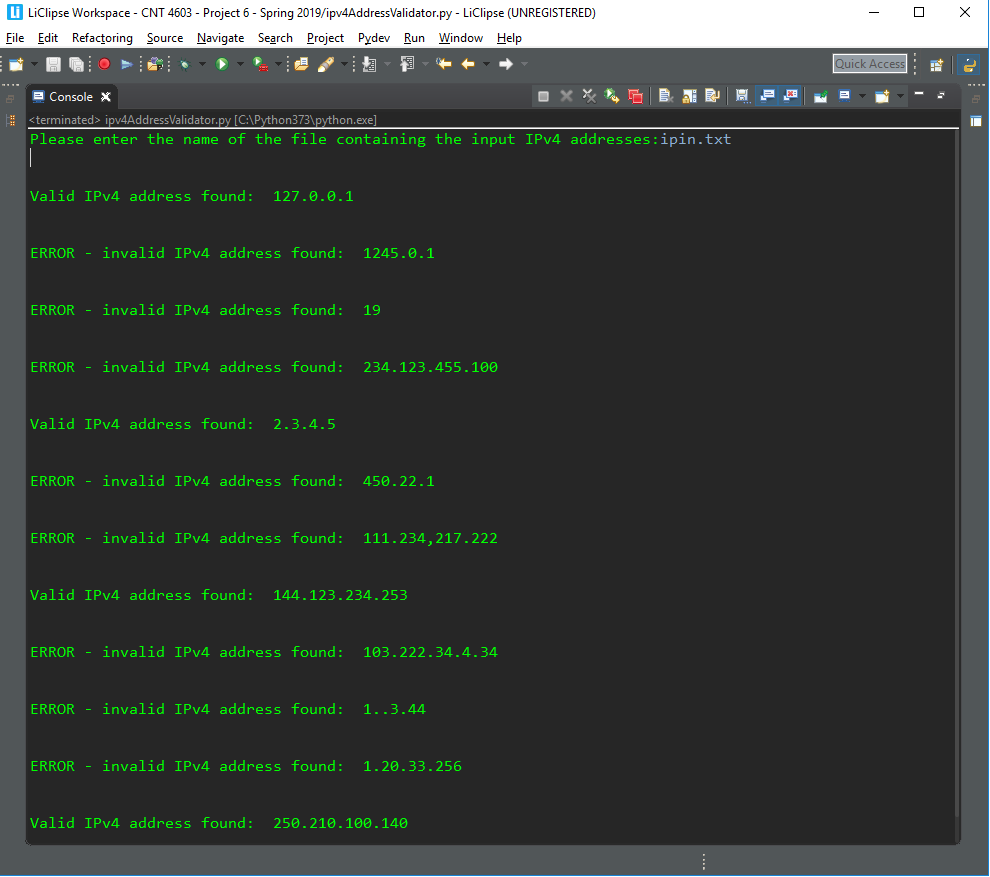

Yield from brute_force_n(chars, password_length) Print(f" s.")Ĭhars = string.digits + string.ascii_lettersįor password_length in range(1, max_length + 1): The former can be measured by decorating connection with a decorator that records the time it took to run the function: import timeįunc.mean_time += (t - an_time) / func.k Is it the connection to the server or does your program just have to try many passwords and that takes so long?
PYTHON PASSWORD CRACKER CODE
+ print(t.move(len(threads) + 1, (t.As has been noted in the comments, you should try to figure out what part of the code is slow. Print("Thread : Failed to crack zip file".format(y) + t.clear_eol)


Z.extractall(path=TMPDIR, pwd=password.encode()) This function will execute in separate threads and will not block further execution in the main thread. Pass Reading the wordlist file and adding each password into the queue Writing the worker functionĮach thread will invoke a function and can pass arguments to that function. put(item)method on the queue object providing the contents of the current line in the wordlist to add that in the queue at the bottom/end. Now read the file line by line, strip the contents to make sure no whitespace is there in the string and call. Passwords = Queue() Initialize the queue to contain the passwords in the memory Reading the dictionary file and adding it to the queue This means that the queue should grow automatically based on the elements pushed into it. Since in this we don't know the number of passwords in the dictionary.txt file is containing (pretending this for now), we can omit the first argument in the constructor. You can find the Queue class from the queue module and initialize an object like any other class. The file is only 8.1 MB in size, so it is reasonable to hold the data in the memory with the thread-safe implementation of the Queue data structure. So we will first read all the entries from the file and add them into the queue, one by one. It might cause unintended behaviour when multiple threads will be accessed from it. There would be multiple threads reading files at the same time. Mv dictionary.txt Shuffling the contents of the wordlist Hold your passwords in a queue in the memory Since you can't write to the input file simultaneously while reading, it is recommended to redirect the output to a different file and then later rename the new file with the old file name.
PYTHON PASSWORD CRACKER ZIP FILE
In this post, I will be using the artefacts from the Cracking ZIP archives IIlab provided by AttackDefense for the threaded Bruteforce attack demonstration.įor the twist, you can download both the zip file and the wordlist in your local system and shuffle the contents of the dictionary file using the following commands. In that case, it was easy to crack the password in a few seconds, but what if the password is located in the last line of the same dictionary? Well in that case, of course, we will have to look at the entire file and this will take a lot more time in the single-thread execution mode. If you check the password, it was in the 15% of the file. Well, the problem that we have experienced is that it takes some time to find the password but eventually it found the password in a few seconds.

PYTHON PASSWORD CRACKER HOW TO
Hello, world! In my last post on Cracking Zip Password using Python3, you have seen how to crack the password of the zip file using python and a wordlist based on the password policy.


 0 kommentar(er)
0 kommentar(er)
